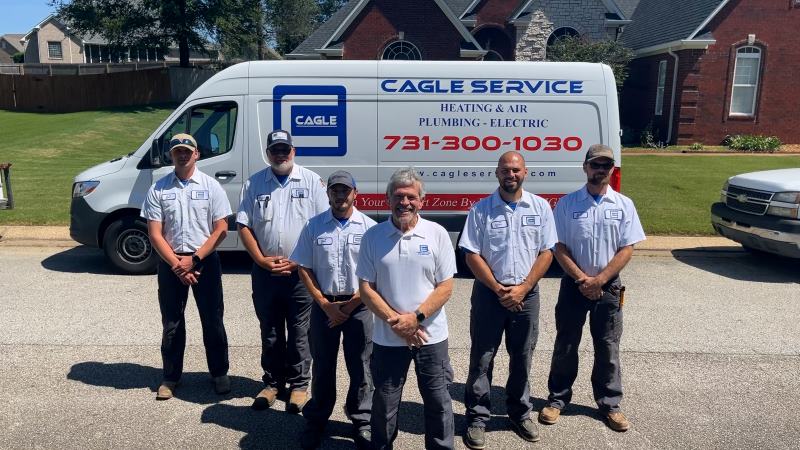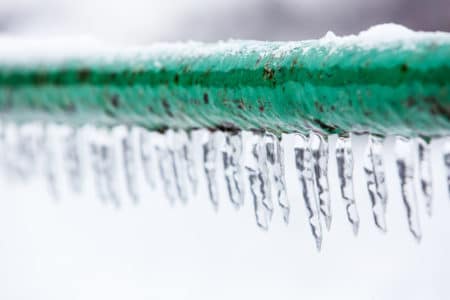Frozen pipes can create leaks as the frozen water expands and cracks the copper tubing. When this happens, not only will you have little to no water supply, but when the pipes do thaw out, you can have some serious leaks to repair—or worse. But no worries. In this post we’re going to share some tips with you to prevent frozen pipes!
How to Prevent Frozen Pipes from Freezing
- Keep all water-supply piping away from outside walls, where it could be exposed to cold winter weather.
- If it is imperative to have pipes located on an outside wall, as they must be well-insulated. Piping insulation is sold in both rubber and fiberglass.
- Insulate pipes in all other unheated areas as well, such as crawl spaces, basements, attics, and garages. Fix the source of any drafts (such as near cables, dryer vents, bathroom fan vents, windows) and insulate pipes at risk.
- Before winter, close the water shut-off valve inside your home that provides water to outside spigots, and then drain each line by opening its spigot until it no longer drips. Then, close the spigot.
Related: 6 Simple Plumbing Tips for Homeowners
How to Prevent Frozen Pipes in Subfreezing Temperatures
- Keep garage doors and outside doors closed, and plug up drafts.
- Open all faucets, both hot and cold water, to just a trickle, to keep water moving in the pipes to help to prevent icing.
- Set the thermostat to at least 55ºF both day and night—no lower. Higher is even better, especially if your home is not well-insulated.
- Keep doors to all rooms open to allow heat to flow to all areas, which helps to warm the pipes in the walls.
- Open the cabinets under the kitchen and bathroom sinks so that the warmer air temperature of each room can flow around the plumbing. (Be sure to keep cleaners and other hazardous chemicals away from children and pets.)
- Check your forecast to see if you’ll be having subfreezing temperatures anytime soon.
- Install electric heating cables on your pipes (optional)
How to Thaw Frozen Pipes
If no water comes out of a faucet, or it comes out slowly, suspect a frozen pipe. Check all faucets in the house to determine if the situation is widespread. If it is, open all faucets, turn off the main water to the house, and call us at (731) 300-1030.
If only one pipe is frozen, turn on the appropriate faucet to help get the water moving in the pipe once it thaws. Locate your nearest water shut-off valve to the break. Don’t turn the water off at this point, unless you find that the pipe has actually burst.
What to Look for Once Unfrozen
We at Cagle Service Heating and Air hope this information will help you prevent frozen pipes and provide the help that you need if your pipes do indeed freeze. We do provide plumber services if needed.
Thanks for reading and if you have any questions or concerns, call us at (731) 300-1030.



